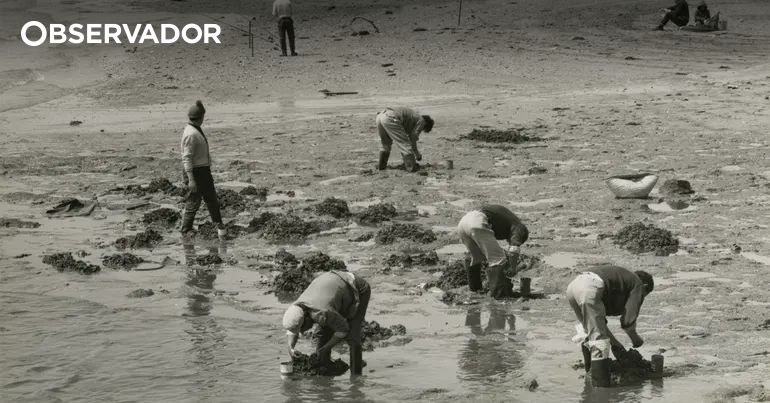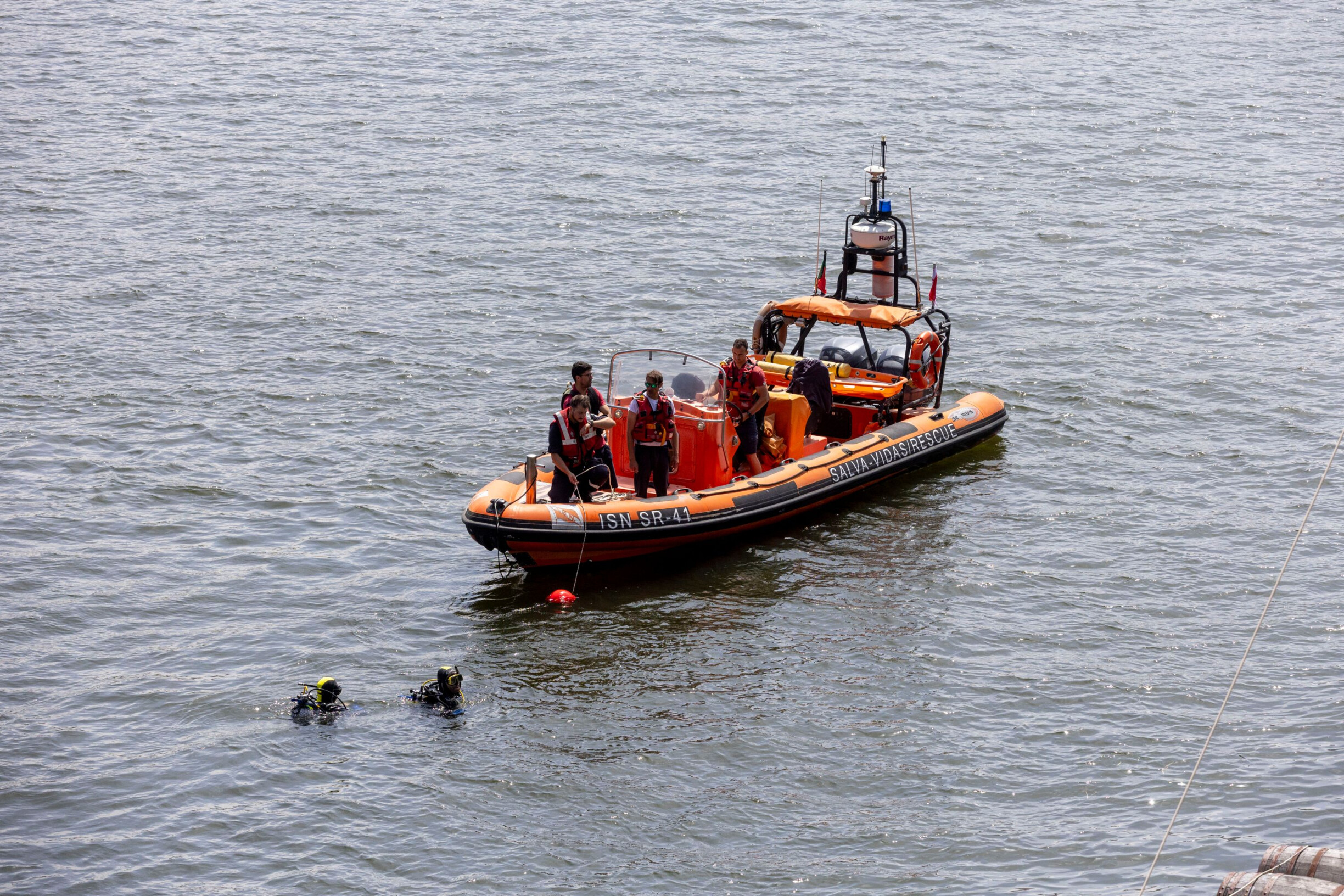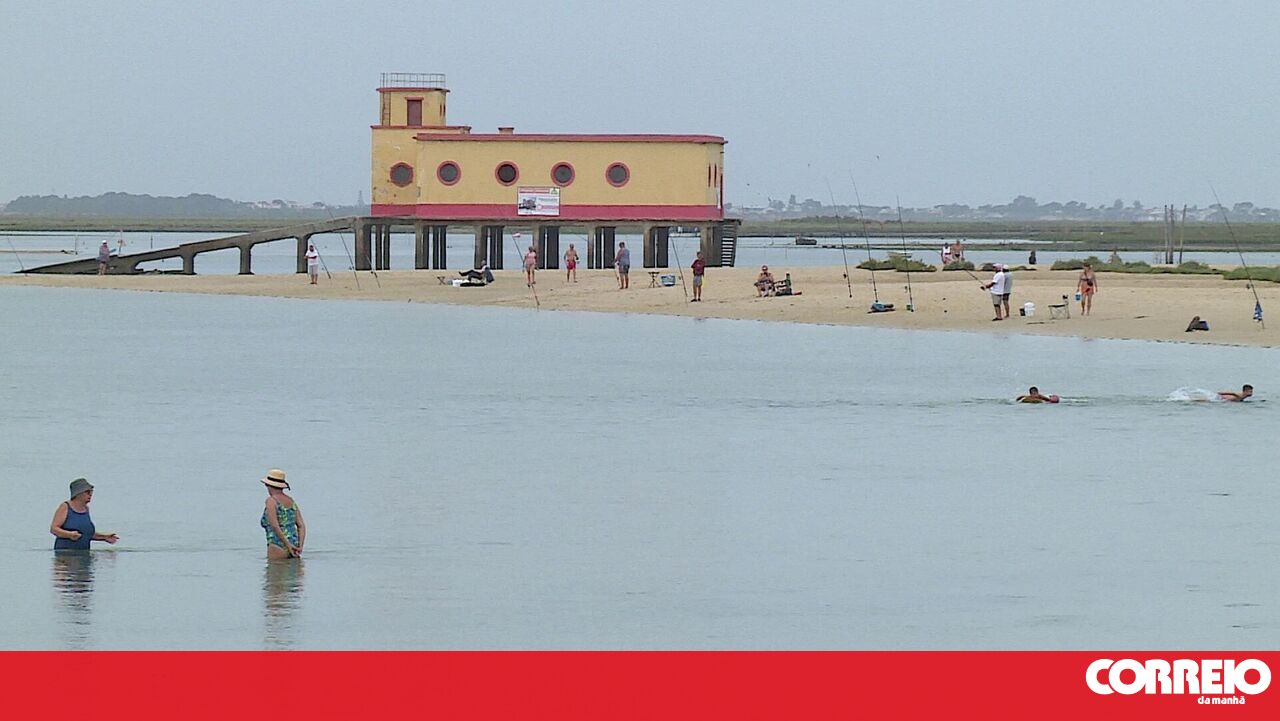Several historical and military sites in Portugal, officially closed to the public for safety reasons, continue to attract illegal visits. Despite authorities' warnings, many venture into these forbidden areas, overlooking the obvious dangers.
Deactivated military sites and historical fortifications
Among the most sought-after prohibited areas, according to TimeOut, are several deactivated military fortifications, such as Forte do Guincho, located near the coast, and structures on Berlenga Island. These sites are technical or restricted access areas due to safety and environmental preservation concerns. Yet, many visitors defy the bans to capture images of the sea and surrounding nature, offering unique panoramas.
Abandoned forts along the Peniche and Cascais coast
Other locations that continue to spark interest are the abandoned forts along the Peniche and Cascais coast. These areas, once serving strategic or industrial purposes, are now off-limits for safety reasons. However, the natural beauty of the coast and the state of abandonment create scenes that attract urban explorers and photographers, as noted by experts in the field.
Abandoned tunnel and sealed buildings
Additionally, according to TimeOut, there's the abandoned Lisbon metro tunnel and buildings like old hospitals or industrial facilities that remain closed to the public. These spaces are often visited by urban explorers seeking unusual settings for photography and adventure, even though entry is illegal and may involve risks.
The importance of respecting off-limits spaces
Despite the allure these places hold, restrictions exist to ensure visitor safety and the preservation of natural and historical heritage. The same source warns of the dangers involved in entering these spaces, which may include unstable structures, risk of falls, or contact with hazardous materials. Respecting fences and warnings is crucial to avoid accidents.
Photography and the fascination with the forbidden
The phenomenon of photography in forbidden locations has gained prominence with the popularity of social media, where stunning images of unique landscapes capture many's attention. According to the source, this practice motivates more people to seek these places, even knowing their visit is prohibited.
Legal risk and consequences
Entering prohibited areas can have legal consequences. Portuguese authorities have increased surveillance in some of these spaces to prevent invasions and ensure public safety, as mentioned by the same source. Those caught may face fines or other sanctions.
Legal alternatives for nature and photography lovers
For those who enjoy landscapes and wish to explore the region near Lisbon without breaking the law, there are several alternatives in natural parks and publicly accessible areas that offer spectacular views and are safe. TimeOut recommends exploring these places to enjoy nature responsibly.












)










Comments
Join Our Community
Sign up to share your thoughts, engage with others, and become part of our growing community.
No comments yet
Be the first to share your thoughts and start the conversation!